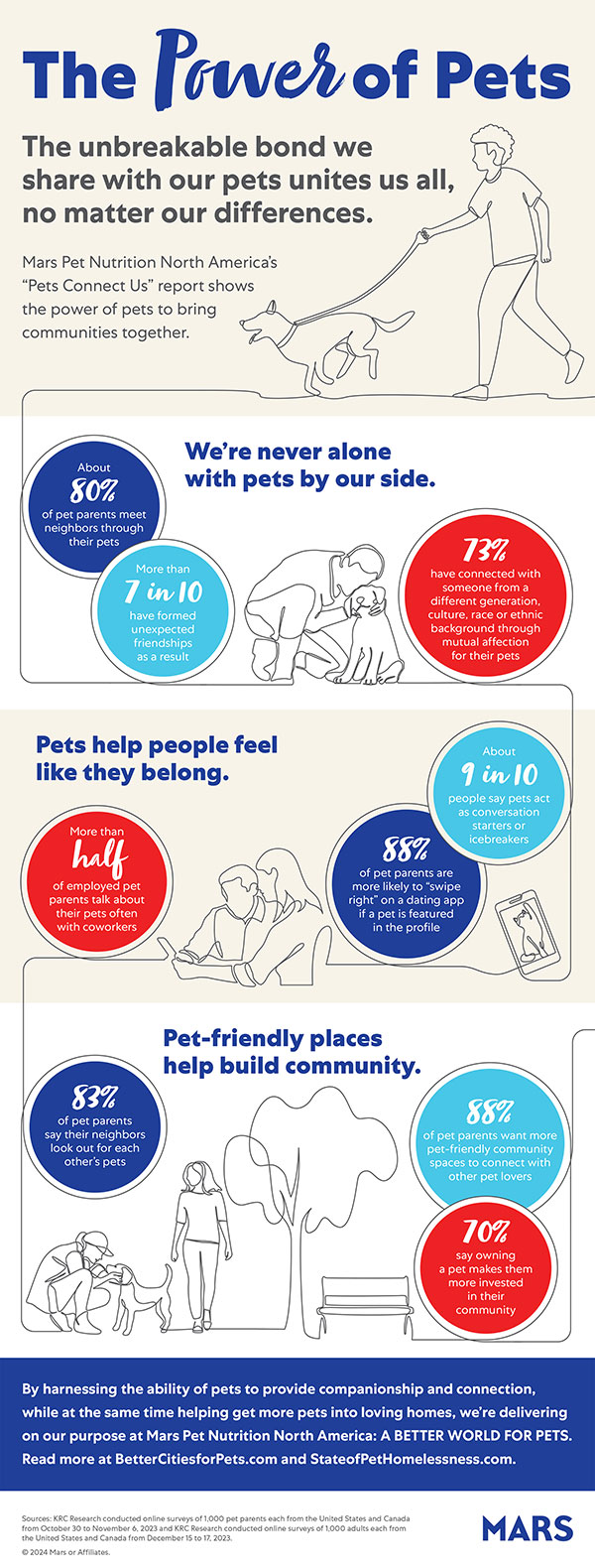It is increasingly well understood that the countless microbes in our guts help us to digest our food, to absorb and produce essential nutrients, and to prevent harmful organisms from settling in. Less intuitive — perhaps even outlandish — is the idea that those microbes may also affect our mood, our mental health and how we perform on cognitive tests. But there is mounting evidence that they do.
For nearly two decades, neuroscientist John Cryan of University College Cork in Ireland has been uncovering ways in which intestinal microbes affect the brain and behavior of humans and other animals. To his surprise, many of the effects he’s seen in rodents appear to be mirrored in our own species. Most remarkably, research by Cryan and others has shown that transplanting microbes from the guts of people with psychiatric disorders like depression to the guts of rodents can cause comparable symptoms in the animals.
These effects may occur in several ways — through the vagus nerve connecting the gut to the brain, through the influence of gut bacteria on our immune systems, or by microbes synthesizing molecules that our nerve cells use to communicate. Cryan and coauthors summarize the science in a set of articles including “Man and the Microbiome: A New Theory of Everything?,” published in the Annual Review of Clinical Psychology. Cryan told Knowable Magazine that even though it will take much more research to pin down the mechanisms and figure out how to apply the insights, there are some things we can do already.
This conversation has been edited for length and clarity.
“Man and the Microbiome: A New Theory of Everything?” — with all due respect, isn’t that a wee bit ambitious?
That title is admittedly a bit overstated. But the point we are trying to make is that it isn’t really so odd that the microbiome is involved in everything, because the microbes were there first, and so our species has evolved in their presence. We have been able to show that growing up in a germ-free environment really affects the development of the mouse brain, for example, in a variety of ways.
Our immune system is also completely shaped by microbial signals. Via that route, inflammation in our gut can affect our mood and cause symptoms of sickness behavior that are quite similar to important aspects of depression and anxiety. Many psychiatric disorders are also known to be associated with various gastrointestinal issues, though cause and effect often aren’t clear yet. So if you study the body, including the brain, you ignore microbes at your own peril.
Most people are on board with the idea that gut microbes affect our health, but it may be more difficult to accept that they also influence how we feel and think. How did you convince yourself this was true?
I’m a stress neurobiologist, so I was trained in stress-related disorders like depression and anxiety, and my interest was really in using animal models of stress to look for novel therapeutic strategies.
When I moved to University College Cork in 2005, I met a clinical researcher, Ted Dinan, and we started working together to study irritable bowel syndrome, a very common disorder that is characterized by alterations in bowel habits and abdominal pain.
That was interesting to me, as it had become very clear that this is also a stress-related disorder. So we started working on an animal model called the maternal separation model, where rat pups are separated from their moms early in life and develop a stress-like syndrome when they grow up.
Siobhain O’Mahony, a graduate student at the time, also wanted to look at the microbiome, and I remember telling her, “No! Focus, focus!” But she went ahead anyway and found a signature of this early-life stress in the microbiome of adult rats. That was kind of a eureka moment for me.
The next part of the puzzle came when we showed that mice born in a germ-free environment have an exaggerated stress response when they grow up. So we’d already shown that stress was affecting the microbiome, and now we’d shown that the microbiome is regulating how a mouse responds to stress. It turned out that a very nice study from Japan had already shown this.
The third part of the puzzle for me was to ask whether we could alter the microbiome to alleviate some of the effects of stress. In 2011, we were able to show that a specific strain of the bacterium Lactobacillus, when given to normal, healthy mice in a stressful situation, was able to dampen down the stress response, and that the vagus nerve connecting the gut to the brain was required for that.
These three things together, from 2006 to 2011, really crystallized my interest in the link between the gut microbiome, brain and behavior. Since then, we’ve been on this magical journey to try and understand these discoveries, uncover the mechanisms and find how they translate to humans.
Can you explain what a depressed or anxious mouse looks like, and how you quantify that?
One way to look at fear is to quantify how often mice venture into wide open areas, which they normally avoid. If we give a mouse Valium or another anxiety-reducing drug, it will go out and explore and be carefree, not to say a bit reckless. Depression is often studied by looking at mice in a cylinder of water. They are good swimmers, but they don’t like swimming, so after a while, they’ll stop and adopt an immobile posture. Yet if you give them antidepressant drugs, they keep going.
These types of paradigms have shown their validity in studies of pharmacological agents used in human psychiatry, and so they’re ideal to explore whether microbiome manipulations have similar effects. This can be done by transplanting the microbes from a mouse model for a psychiatric disease to a healthy mouse to see whether that creates similar issues, or vice versa, to see if it can resolve them.
Following a similar logic, we have shown that the microbiome can be important in brain aging and cognitive decline. We took the microbiome from eight-week-old mice and gave it to 22-month-old animals — these are very old mice. And we were able to show wide-scale changes across the body — in the microbiome and the immune system, but also in the hippocampus, a brain structure involved in memory.
In the old animals that received the microbiome from young ones, the hippocampus looked completely rejuvenated in its chemical composition. They also performed significantly better in mazes designed to test their memory. This finding has now been replicated in two other labs, giving it further credence.
Such experiments are difficult if not impossible to do in people. How to make that jump?
One thing we can do is to transplant microbes from the guts of people with psychiatric disorders to rodents, to see if they cause comparable behaviors. This has now been done for depression, anxiety, schizophrenia, social anxiety disorder and even Alzheimer’s disease. In one of our own studies, we transferred fecal microbiota from depressed patients to a rat model. This resulted in behavior reminiscent of that in rat models for depression, such as increased anxiety and an uninterest in rewards, in addition to inflammation.
In addition, we can see if bacterial strains we’ve identified as troublemakers in rodents also occur in people with psychiatric issues, and if strains that are beneficial in rodents can help humans as well.
What I’d really like to do is follow a large group of healthy people for a couple of years and track their mental and brain health as well as the changes in their microbiome, and regularly transplant their gut microbes into mice. This would give us a much better view on how this relationship evolves.
Do you think some of the probiotics available in stores today might be helpful, or not quite?
In my opinion, many so-called probiotics aren’t probiotics at all. Probiotics, per definition, are live microorganisms that, when taken in adequate amounts, can confer a health benefit. Most of what’s for sale in shops would never meet that criterion. To demonstrate that something confers a health benefit, you need clinical trials to show it is more effective than a placebo. That’s the first thing. Second, you have to show that the microbes are alive, and that they can survive the stomach acid.
There have been properly randomized controlled trials for some products. But for most products available over the counter today, such studies haven’t been done, because the regulatory authorities do not require them for probiotics as they would for medicines.
There’s a lot of snake oil out there. For most people, it’s probably harmless, but if you are immunosuppressed, it could be dangerous: Even beneficial bacteria can cause great harm if your immune system does not function properly.
Don’t get me wrong, I think there are many promising findings, but this field is very much in its infancy. I’m much more enthusiastic right now about whole-food approaches that adjust people’s diets to include more fermented foods — a source of beneficial bacteria — and the fibers that many beneficial members of our microbiome need to survive. And this, everyone can already do.
Have you done any experiments that show such a diet can improve mental health?
We’ve just done a small study with what we call a psychobiotic diet. Kirsten Berding, a German dietician who did a post-doc in my group, took a group of people with bad diets who were stress-sensitive — namely, our student population — and put them on a one-month diet to really ramp up fermented foods and fibers to the benefit of the microbiome. What we showed was that the better individuals followed the diet, the greater the reduction in stress.
The study wasn’t perfectly blinded, because people knew what they were eating, but they didn’t know what they were eating it for. And this was just the beginning: We’re now doing a much longer study trying to really untangle this.
We’ve also done a small randomly controlled study with a polydextrose fiber that was shown to improve the performance of healthy volunteers on a range of cognitive tests.
Obviously, more work of this kind is necessary. But in this case, I don’t think we should wait for that. Think about the experiment where we’ve transplanted microbes from young to old mice, for example: I’m not advertising poop transplants for aging adults. What we’ve found is that the more diverse your diet, the more diverse your microbiome, and the better your health when you get old. If you look at the beige, bland food served in many nursing homes and hospitals today, that is not the kind of diet that helps people to maintain a healthy microbiome and therefore a healthy brain.
“Perhaps if you’re thinking of having a midlife crisis, forget about the motorbike and start growing vegetables.”
— JOHN CRYAN
We’ve done a study in mice where we adjusted their diet to contain much more inulin, a fiber that we know supports the growth of beneficial bacterial strains, and found we could dampen down the neuroinflammation that is often associated with cognitive decline in aging. This fiber is present in our everyday diet — there is a lot of it in vegetables like leeks, artichokes and chicory. So perhaps if you’re thinking of having a midlife crisis, forget about the motorbike and start growing vegetables.
This is all in healthy patients. Do you think the diet might also help people with mental health issues?
I do, but we need to test it, of course. An earlier study of ours showed that students born by C-section, who missed out on some of the microbes that newborns acquire during vaginal birth, had an elevated immune and psychological response to both chronic and acute stress, in line with our findings in mice. It would be very interesting to test if a psychobiotic diet might benefit them.
As I said, many psychiatric disorders are also associated with inflammation and other problems in the gut. Of course, this relationship works both ways, and it’s not always clear to what extent the irregularities in the gut are the cause or the result of the mental issues — or whether it’s a bit of both. But if we can show a healthier microbiome can improve mental health, that would be great news.
This is what’s appealing about the microbiome: It’s probably more modifiable than the rest of our body. If we understand how it works, that might give people more options to improve their health, even if they didn’t have the best start, microbially speaking. That’s what we hope to achieve.


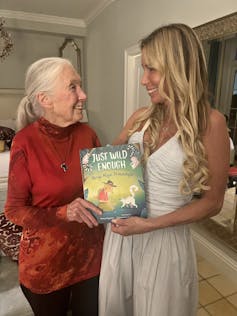

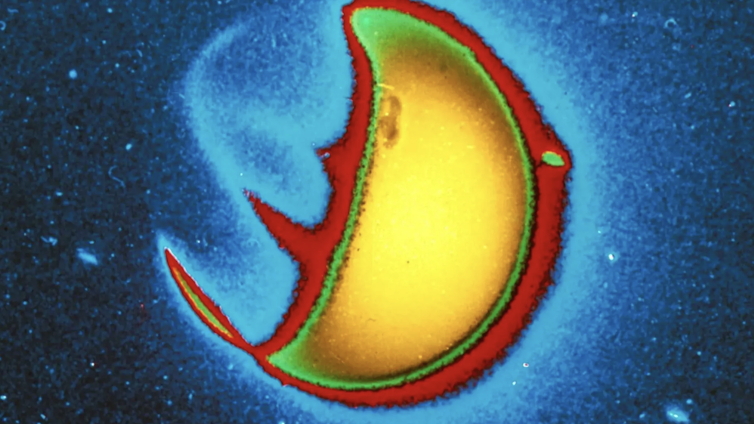



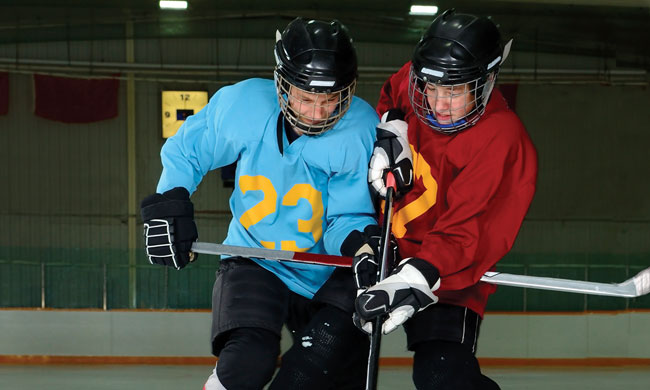
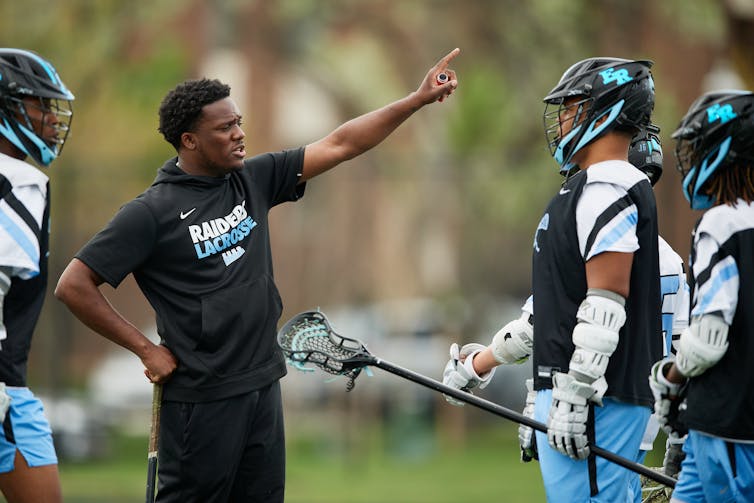
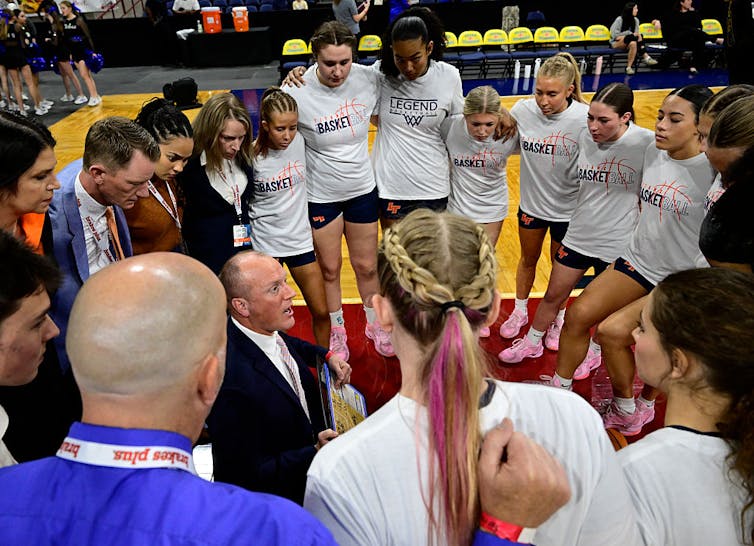




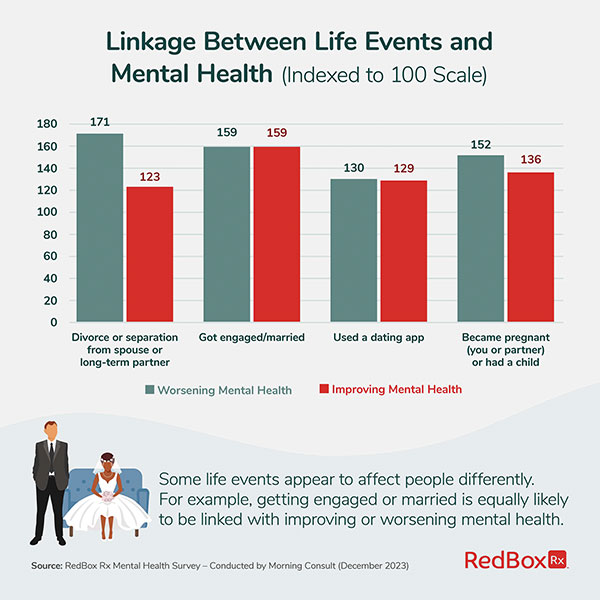 1. Younger Generations are More Likely to Report Mental Health Struggles, Worsening Mental Health
1. Younger Generations are More Likely to Report Mental Health Struggles, Worsening Mental Health
